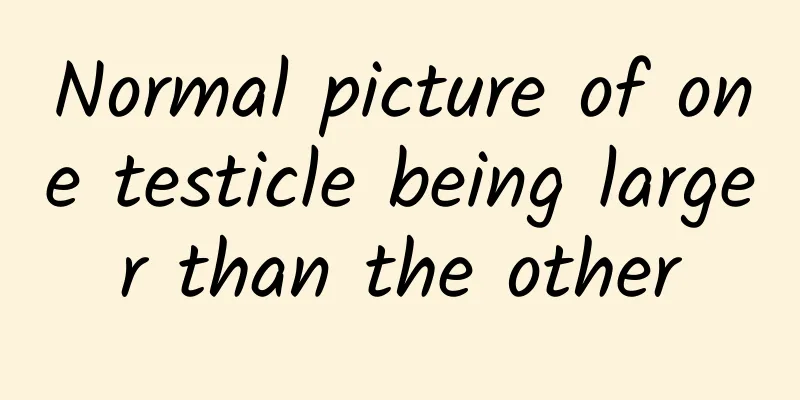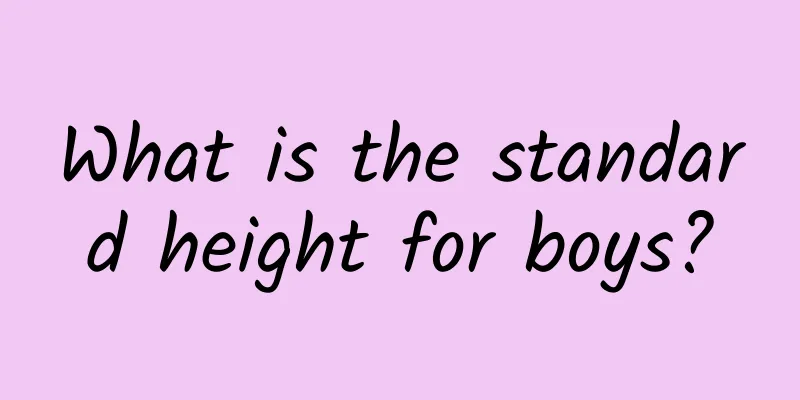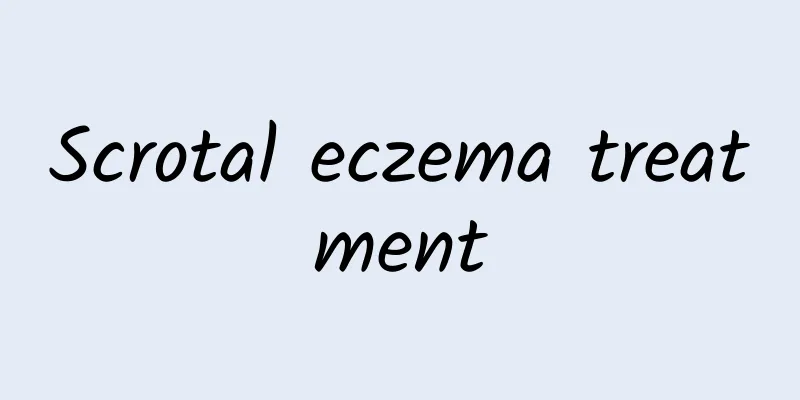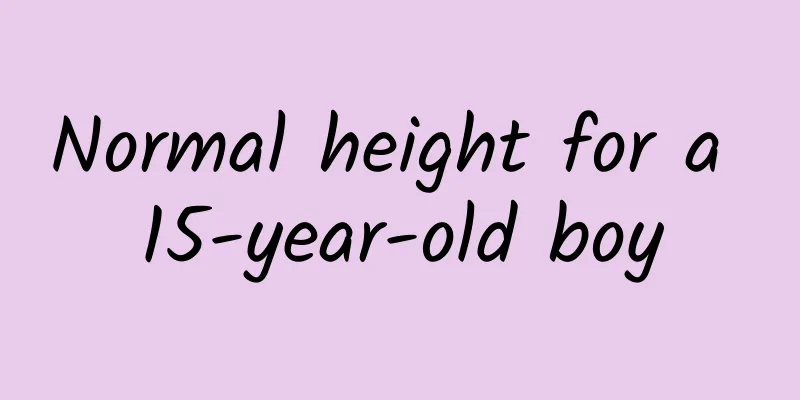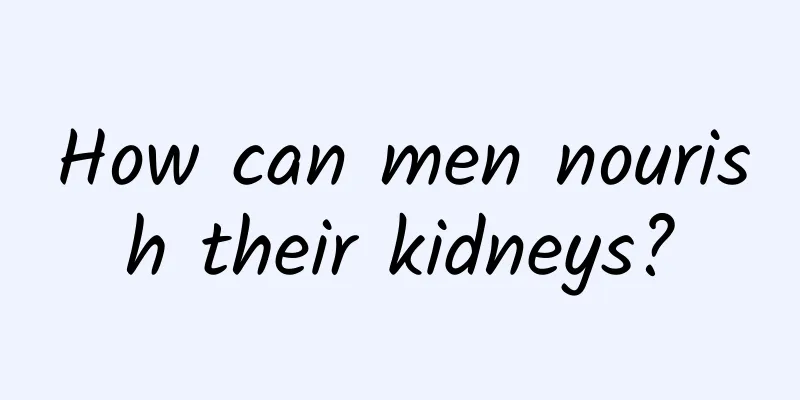The male protagonist has autism and is paranoid
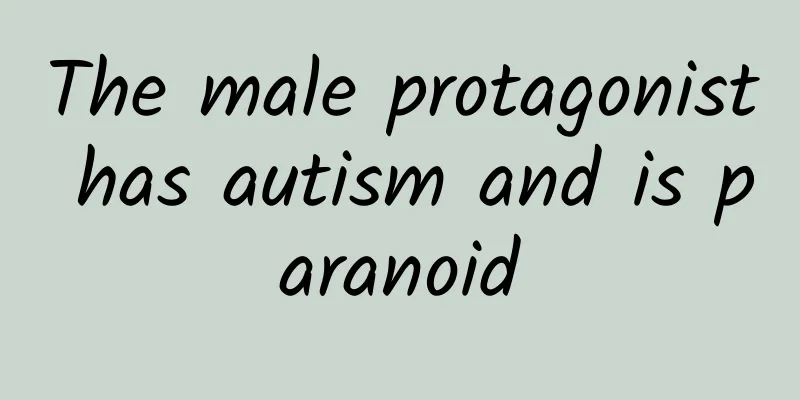
|
If a boy is found to have autism, he needs to receive systematic treatment and training. Sometimes psychological counseling and rehabilitation training are more effective than drug treatment. If not treated properly, it will lead to many psychological illnesses, such as paranoia, which is the most common complication of autism. If it occurs, it is very difficult to recover. The diagnosis should be made based on the results of medical history, physical and neurological examinations, psychiatric examinations, and auxiliary examinations. The key points of diagnosis include: ① Onset within 36 months; ② Main manifestations include social interaction disorder, communication disorder, narrow interests and stereotyped repetitive behaviors; ③ Other diseases such as Rett syndrome, Heller syndrome, Asperger syndrome, speech and language development disorders are excluded. If the child develops the disease after 36 months or does not have all the core symptoms, it is diagnosed as atypical autism. The diagnostic criteria for DSM-Ⅳ autism are introduced as follows: The diagnostic criteria for autism include A, B, and C. A. At least 6 of the following 12 items (1), (2), and (3) must be met, including 2 of (1) and at least 1 of (2) and (3). (1) Qualitative impairment in social interaction, as manifested by the following: a. Significant impairment in the use of nonverbal communication behaviors, such as eye contact, facial expressions, body posture, and hand gestures. b. Inability to socialize with peers. c. Inability to spontaneously share joy, interests, achievements, etc. with others (e.g., inability to bring or point out things of interest to others). d. Inability to interact with others socially and emotionally. (2) Qualitative impairment of communication ability, as evidenced by the following: a. Incomplete or delayed development of speech without attempts to compensate by other means (e.g., gestures or mimicry). b. For those who have some speech, there is a marked impairment in the ability to initiate and sustain a conversation. c. Use of stereotyped or repetitive speech or idiosyncratic, self-understanding speech. d. Lack of age-appropriate spontaneous pretend play or play imitating everyday life. (3) Restricted, repetitive, or stereotyped patterns of behavior, interests, or activities, as manifested by the following: a. One or more fixed, repetitive, restricted interests that are abnormal in degree and content and are difficult to change. b. Insistence on following a particular, meaningless routine or ritual. c. Stereotyped, repetitive behaviors, such as finger twitching or twisting, complex whole-body movements, etc. d. Prolonged focus on parts of things. B. Before the age of 3, at least one of the following three aspects has been delayed or abnormal: (1) Social relationships. (2) Language used for social purposes. (3) Symbolic or imaginative games. C. The above symptoms cannot be explained by Rett disorder or childhood disintegrative disorder (infantile retardation). |
<<: What is the cause of the swelling of the glans?
>>: Is prostate bleeding serious?
Recommend
People with chronic renal failure should pay attention to these 4 dietary principles
For people with renal failure, whether it is chro...
How to measure penis stem length
Men and women are very shy about talking about ma...
Exercise methods for slimming hips for boys
It is not only women who need to pay attention to...
Four kinds of exercise to improve men's combat ability
Men with good sex life must have sufficient physi...
Male sexual function examination items
What should be included in the sexual function te...
Revealing the most sensitive spot of men
Some people say that women have sensitive spots a...
What are the dangers of balanitis?
The foreskin is an epidermal tissue on the male g...
What medicine is good for prostate hypertrophy?
The prostate is an important part of the male rep...
Should men shave their private parts?
The body hair on men is divided into private part...
Typical pictures of penile sebaceous dysplasia
Sebaceous gland ectopy not only occurs in the ora...
Analysis of the Principles of Penis Lengthening Surgery
Every man hopes to perform well in bed and be rec...
What are the dangers of long-term extracorporeal ejaculation?
Normal conception requires the combination of fem...
Coronary artery disease
Coronary caulitis is a common disease among men. ...
What are the manifestations and symptoms of prostatitis?
Prostatitis is a relatively common men's dise...
What is the secret to men's health and kidney rejuvenation?
Men are the group in this society who are under g...
